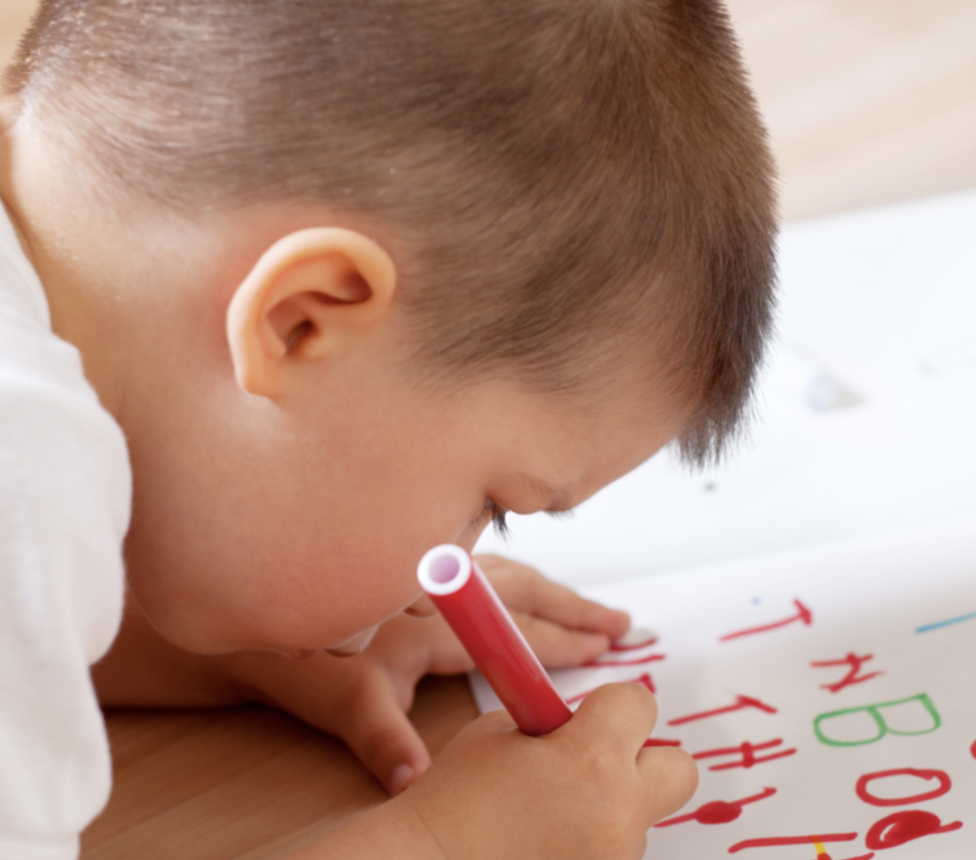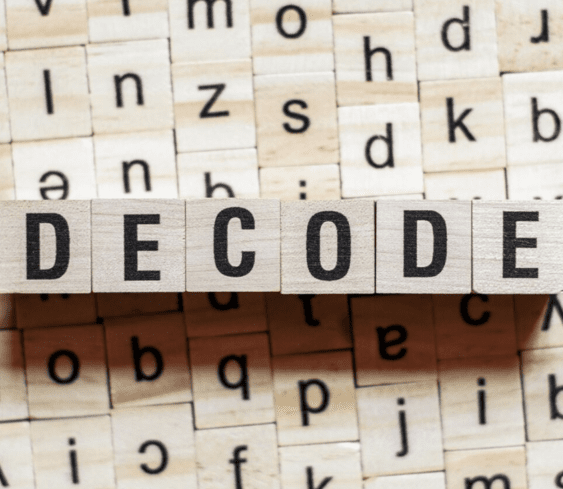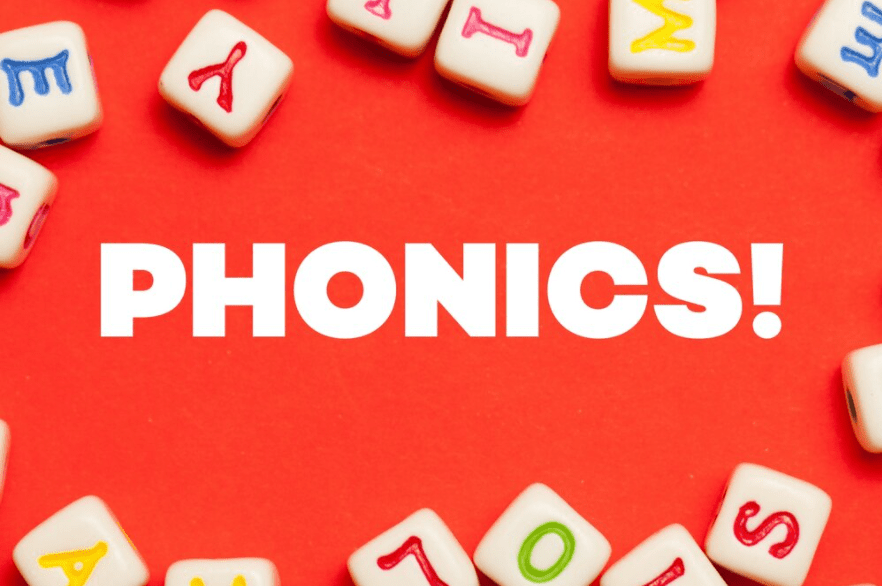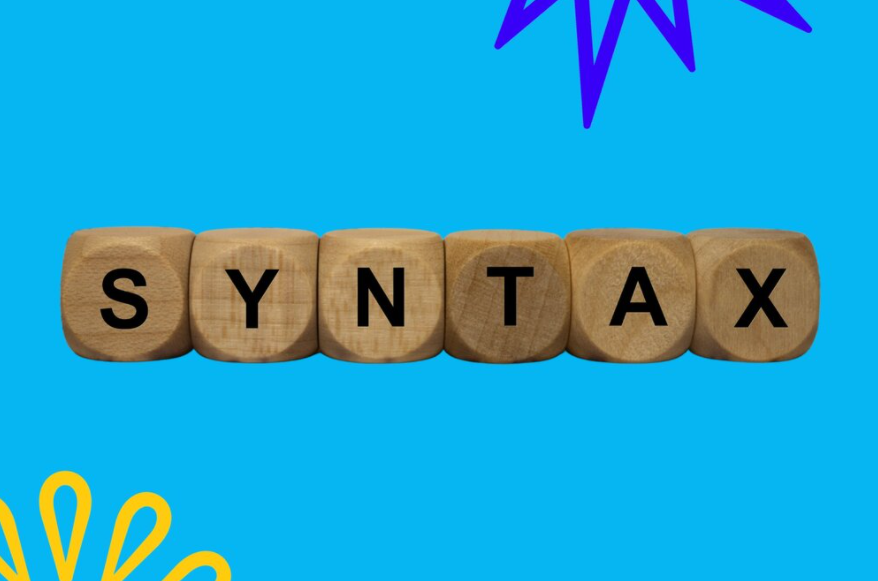
The alphabetic principle states that all words are made up of sounds and that those sounds are represented by symbols. Students need to develop a thorough understanding of the alphabetic principle before they can master reading. The alphabetic principle is the foundation that allows students to master the skill of decoding words based on their sounds. Students in Kindergarten, first, or second grade who don’t have a firm grasp on the alphabetic principle have a harder time developing the skills to become competent decoders. This makes them more susceptible to practicing weak reading strategies like guessing, skipping, or using picture clues to determine words.
The best way to ensure that students develop an understanding of the alphabetic principle is to teach it, and to provide them with opportunities to deepen their understanding of it. This happens through explicit and thorough phonics instruction. Students should also learn the term “alphabetic principle.” They should know that there’s a name for the relationship between letters and sounds and use it when talking about words. Below are some of the best strategies for helping students develop an understanding of the alphabetic principle:
Letter/Sound/Picture Association
When students are first learning letters, it’s important to teach the name of the letter and its sound simultaneously. Teachers should always pair this combination with a picture cue of something beginning with that sound. For example, some phonics programs pair the letter A and the /a/ sound with a picture of an apple. Teachers learn to always show the picture when making the sound. This way, students can contextualize the sound in a word they already know well.
Word Ladders
Word ladders are a great way to help students develop an understanding of the relationship between letters and sounds. They also teach students how to manipulate sounds to create new words. Students start by writing down a given word. Next, they change just one letter in the word to create a new word. They write that new word above the original word. Students continue changing just one letter at a time to see how “high” their ladder can go. For younger readers, this activity is best done with short CVC words. The longer the original word is, the more difficult this activity becomes.
Sound Boxes
Also known as Elkonin boxes, sound boxes are another great way to help students build the foundation necessary to understand the alphabetic principle. This strategy strengthens students’ phonological awareness, or their ability to manipulate sounds in words. Students use them almost exclusively for auditory processing, so students are not reading or writing, but instead listening to words.
When students hear a word or see a picture to represent a word (like ‘cat’ or ‘sun’), they place tokens into a box on their paper. Each individual sound, or phoneme, in the word gets its own token in its own box. The words ‘sun’ and ‘ship’ both have three sounds, so they would get one token in each of three boxes. However, the words ‘flip,’ and ‘fox’ both have four sounds, and would get one token in each of four boxes. It’s important for students to understand that the number of letters in the word doesn’t determine the number of phonemes!




